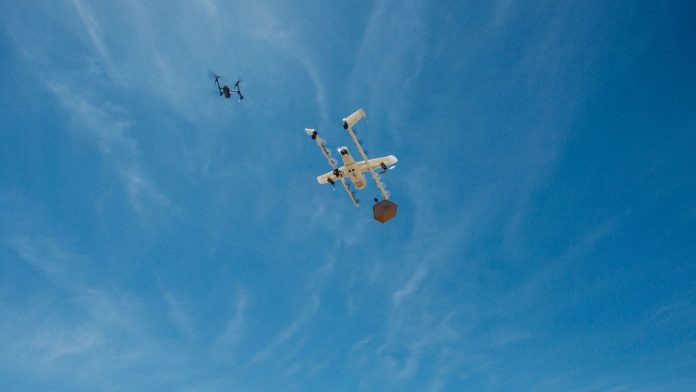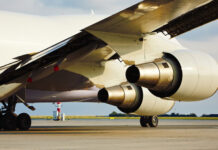
Wing is supporting the remote identification of drones (“Remote ID”), which will help to protect the public, promote responsible flying, and keep skies open to all users.
The recent publication of a new ASTM International standard for Remote reflects two years of collaboration between regulators and industry. It demonstrates that Remote ID can be implemented in a way that supports a diverse drone ecosystem, protects privacy, and enables hobbyists to participate in the airspace.
While Wing says that they agree with the objectives of the FAA’s NPRM, the proposed rule poses some challenges as drafted.
Challenges
Wing says that they believe that simple changes can resolve the challenges presented by the proposed rule in a safe and secure way, and enable Remote ID to be implemented quickly with existing technology.
- Drones are diverse. Drones range from sophisticated commercial systems to off-the-shelf aircraft and home-built models. The rule should outline viable pathways to compliance for all commercial and recreational operators. It should permit operators to select any form of Remote ID that delivers the necessary performance.
- Privacy is important. Unlike passenger aircraft flying between airports, drones operate between people, shops, hospitals, and homes. The draft rule requires operators to share substantial data with few controls. That data may reveal sensitive information about customers and operators. Remote ID data should be capable of effective anonymization, and limited to essential information. The storage of this information should be restricted in accordance with a legal process.
- Our skies are open to all. Hobbyists are vital to innovation. However, the proposed rule would make it difficult for hobbyists to build and operate their aircraft. The final rule should recognize alternative ways for hobbyists to identify their drones, including via smartphone, and should avoid limiting their participation in the airspace.
Path forward
Remote ID can be implemented in a way that supports safety and security, respects privacy, and offers viable pathways to compliance. Working with ASTM International, the drone industry has developed a technical standard for Remote ID. Wing believes that the final rule should adopt the approach outlined in the new standard.
- Supports a diverse range of drones. The ASTM standard outlines two methods of compliance: 1) broadcast information locally with onboard equipment; 2) share information widely via a network of UAS Service Suppliers (“USS”). Wing believes that the final rule should allow operators to choose the best Remote ID system for their operation so long as it meets required performance.
- Balances transparency and privacy. The ASTM standard enables observers on the ground to identify and verify nearby aircraft. However, it incorporates a number of technical mitigations to protect the privacy of drone customers and operators. Wing believes the final rule should incorporate the privacy protections of network Remote ID as described in the standard, and outline clear privacy protection requirements.
- Keeps our skies open to all. The ASTM standard supports all kinds of operators. Compliance is simple and affordable, and operators can identify themselves without additional equipment or infrastructure. Wing believes that the final rule should allow hobbyists with low-risk, basic-capability aircraft to register their flight intent via the USS network on publicly available smartphone apps. This is consistent with the ASTM standard for non-equipped participants, and similar to authorizations for airspace access under LAANC. Further, Wing believes that community based organizations should be permitted to establish and renew exempt flying sites beyond twelve months.
อัพเดตข่าวสารและบทความที่น่าสนใจในอุตสาหกรรมโลจิสติกส์ก่อนใคร ผ่าน Line Official Account @Airfreight Logistics เพียงเพิ่มเราเป็นเพื่อน @Airfreight Logistics หรือคลิกที่นี่












